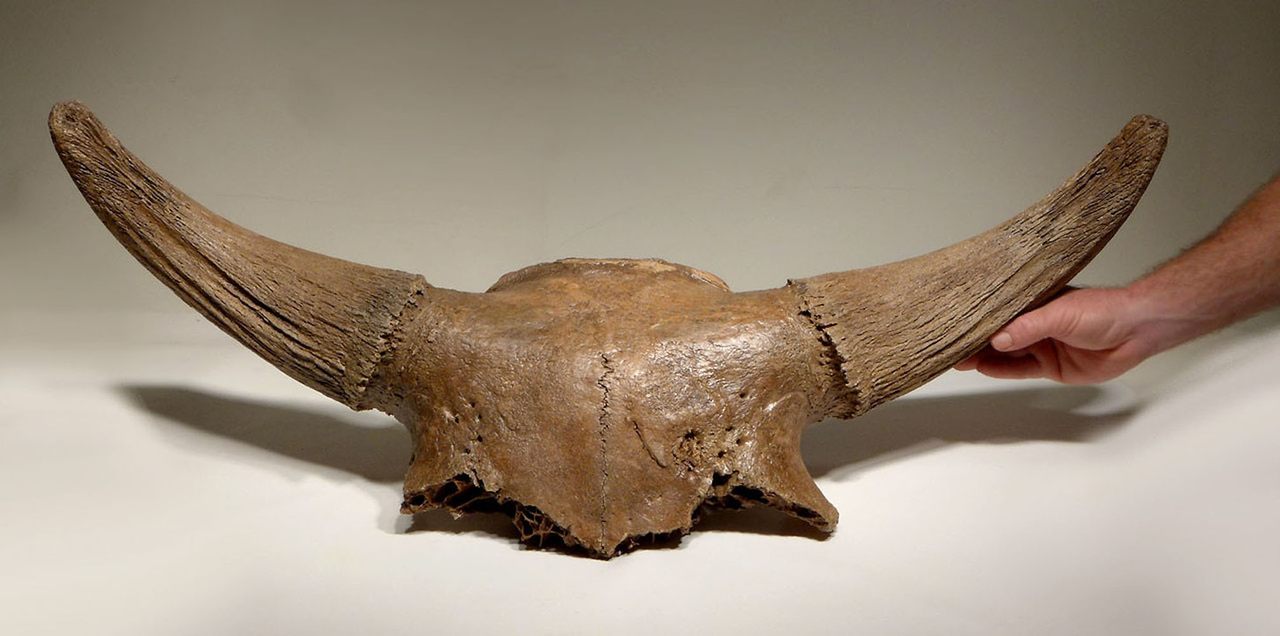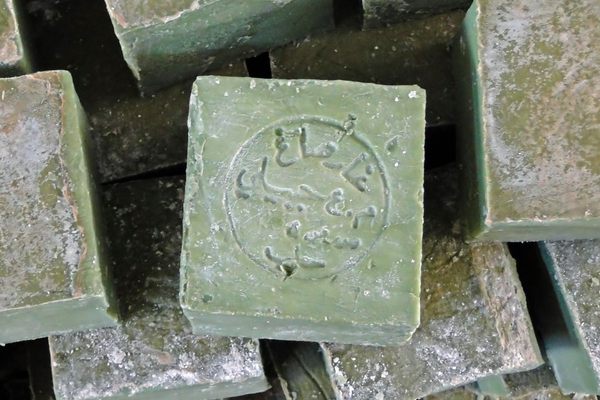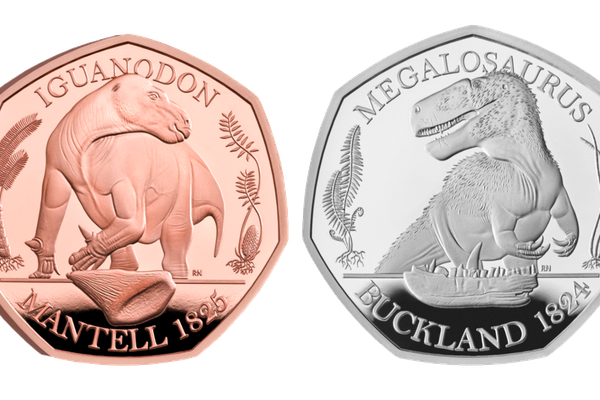For Sale: A Bison’s Skull Straight From the Ice Age
The safe way to encounter horns this big.
Bison everywhere have, at some point, been pushed to the brink. American bison went from up to 60 million individuals before 1800 to about 300 a century later. The other surviving species, the European bison (also known as wisents), was rescued from the brink of extinction after World War II. Both species are descended from the steppe bison, which wasn’t so lucky. Now the skull of one of these ancient ungulates is for sale.
Like many large Ice Age species, the steppe bison went extinct around 12,000 years ago, likely due to a combination of overhunting and a shifting climate. It once roamed a massive range known as the “great buffalo belt,” stretching from the Americas to Asia.
“It’s clear that at the start of the Holocene, 11,500 years ago, things got warmer and the steppe disappeared, and with it, the steppe bison,” says Juliette Funck, an ancient bison researcher at the University of Alaska Fairbanks. “Some of their descendants evolved into the modern bison we find now.”
The animal was huge, up to six feet tall at the withers and weighing up to a ton. Its horns measure three feet tip to tip, about half a foot wider than the horn spans of bison today. They were not to be messed with.

Last year, scientists in Alaska ate extinct steppe bison in a stew, taken from the frozen remains known as Blue Babe. (“It tasted a little bit like what I would have expected, with a little bit of wring of mud,” one reported.) The skull for sale is from a European population of the same species. “In Europe,” writes zoologist R. Dale Guthrie, “Neanderthal families were still lounging on bison robes beside their fires, eating bison that closely resembled Blue Babe.”
The skull was found in the Rhine River, in Germany. “The light highly aesthetic color,” says the auction house, Ancient Resource Auctions of Montrose, California, “is a result of this well-preserved example being buried deep in a protective layer of gravel.” Though it is not known how the bison met its demise, early humans and Neanderthals were known to have hunted the species. The skull comes from a private Dutch collection, so it would be difficult to ascertain the location of the rest of the bison’s skeleton for more evidence.

The species famously appeared in cave paintings in Altamira in Spain and Lascaux in France, so it clearly made an impression on early humans in Europe. Researchers have suggested that the modern European bison is a hybrid of the steppe bison and the aurochs, a gigantic wild cow species that humans drove to extinction in the 17th century—the direct ancestor of modern domestic cattle.










Follow us on Twitter to get the latest on the world's hidden wonders.
Like us on Facebook to get the latest on the world's hidden wonders.
Follow us on Twitter Like us on Facebook